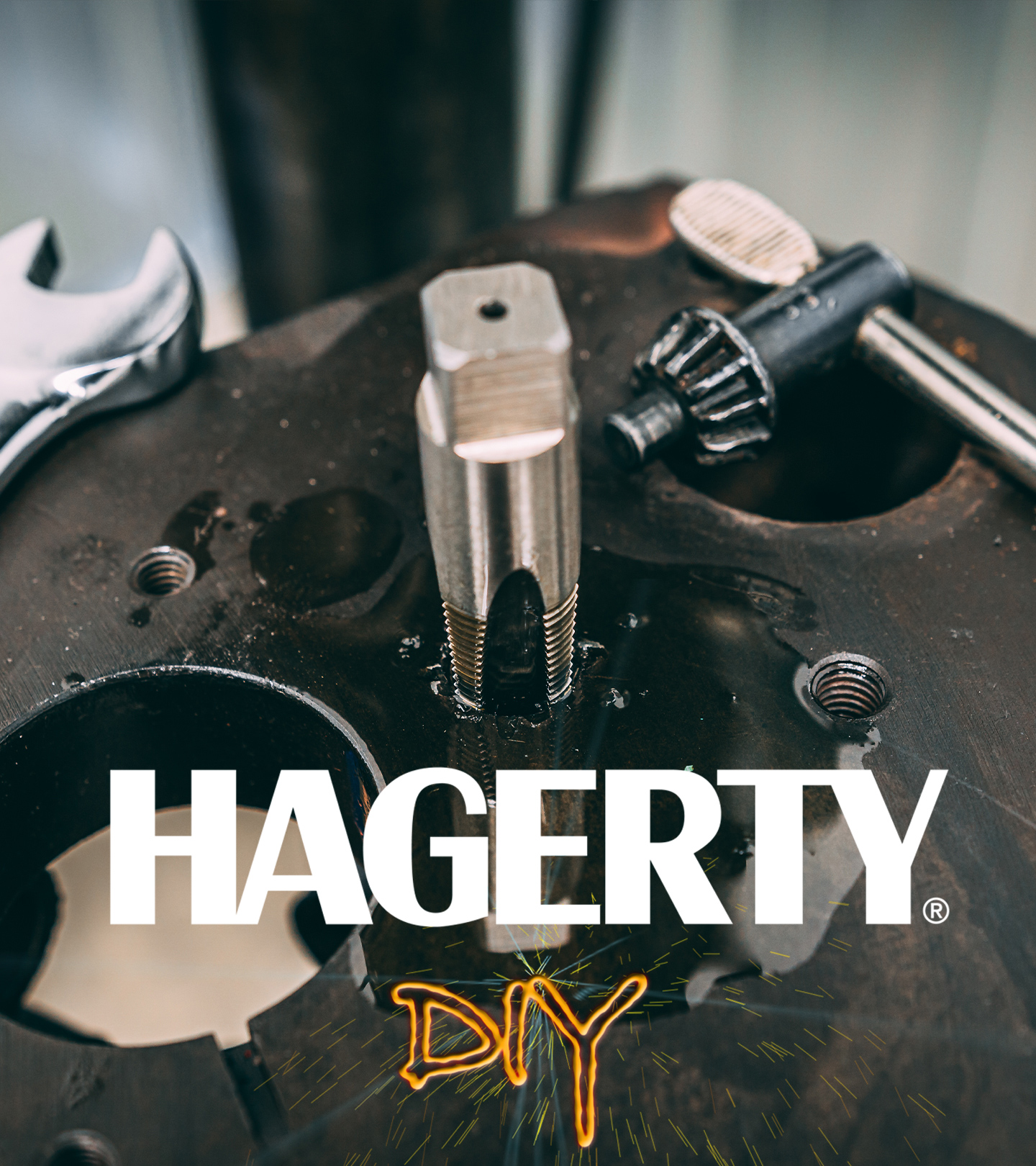Redline Update: Buick straight-eight gets new sleeves - Hagerty Media
If you’ve been following our Redline Rebuild on Hagerty’s Buick straight-eight engine, things got interesting at the Thirlby Automotive machine shop as the engine had its hardworking bores trued in the boring machine. If you’re not familiar with this engine, it displaces 263 cubic inches and came from a 1951 Buick Super. (The engine was the subject of a previous Redline Update that can help you get up to speed.)
After the teardown that was highlighted in that previous video, and its follow-up, things weren’t looking great for our Buick. Despite being a running engine that was relatively free of sludge and gunk, the cylinder bores were badly tapered and also pitted. We had hoped that the cylinder wall would clean up with a .060-inch overbore, although even early on our Redline Rebuild host and chief wrench swinger, Davin Reckow, thought the engine was in need of eight new sleeves, especially considering it was already at .040-over.
Because we’ve had so many questions about what goes on at the machine shop and some of the processes they use, Davin decided to show some details of the block sleeving process. It turned out that the thick cylinder walls of the Buick would have allowed for a .0120-inch overbore, but even that wouldn’t have been enough to clean up all of the bores. Instead, Davin opted for a full set of sleeves to bring the bores back to their factory size.
The process for sleeving a block is similar to an overbore, except a ridge is left uncut on the bottom that prevents a new, cast-iron sleeve from dropping into the crankcase. The bores are left .001-inch undersized compared to the outside diameter of the new sleeve, which is pressed, or, as was the case of this Buick, hammered in place after being slathered with Loctite. It’s a procedure that involves brute force as well as a level of finesse, and sometimes things go awry, as they did when installing one of the Buick’s sleeves. The small setback gave Davin a chance to show how a machine shop repairs a cylinder that already has a sleeve. In the end the Buick block is now as close to its original dimensions as it has been in 70 years.
If you’ve got more questions about engine rebuilding, leave comments below or in the YouTube video and we’ll know what subjects to tackle in future Redline Updates.










